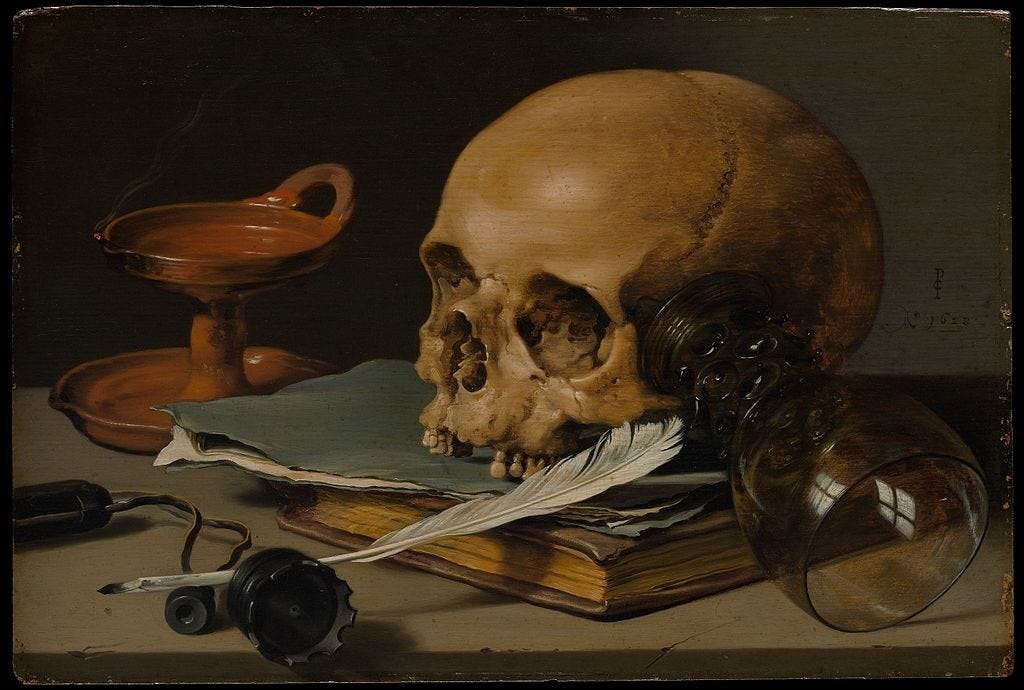This is an entry from our Saturday “Off the Clock” edition — a little something that lands somewhere between Timeless & Timely.

This is an entry from our Saturday “Off the Clock” edition — a little something that lands somewhere between Timeless & Timely.
